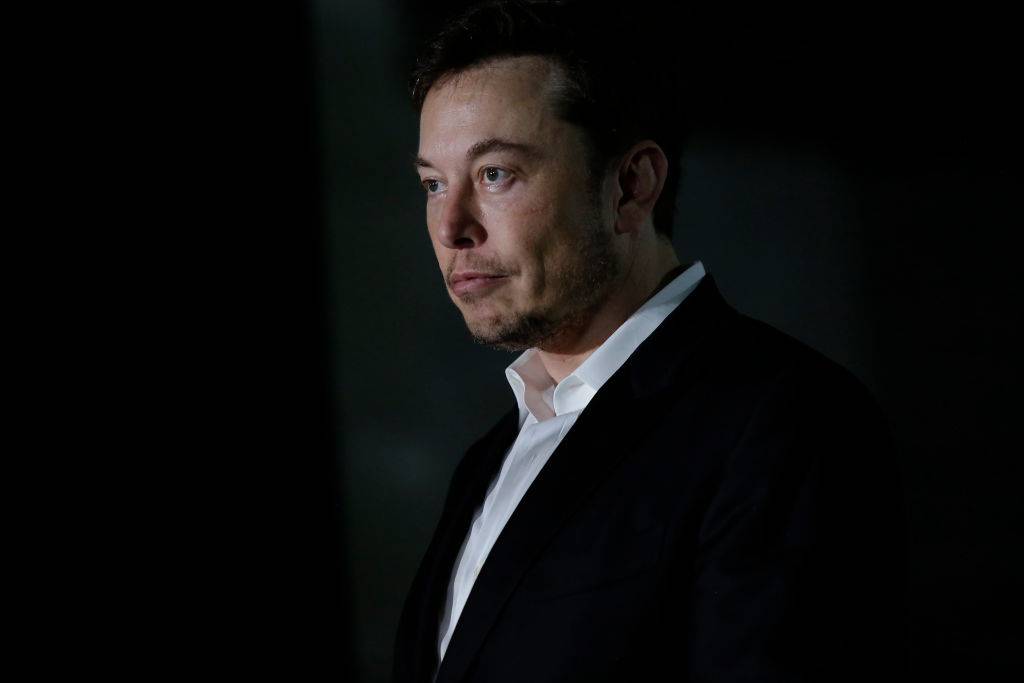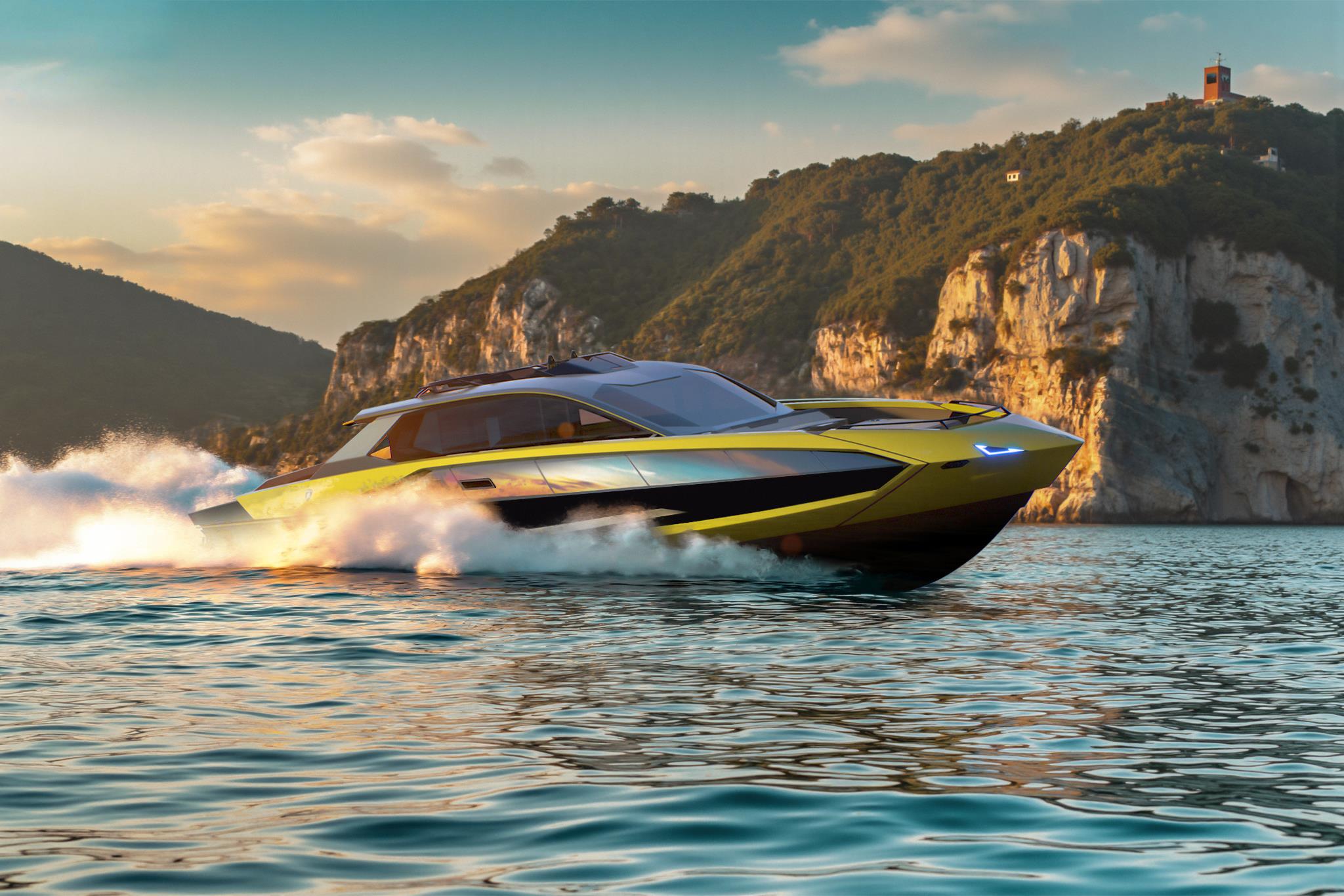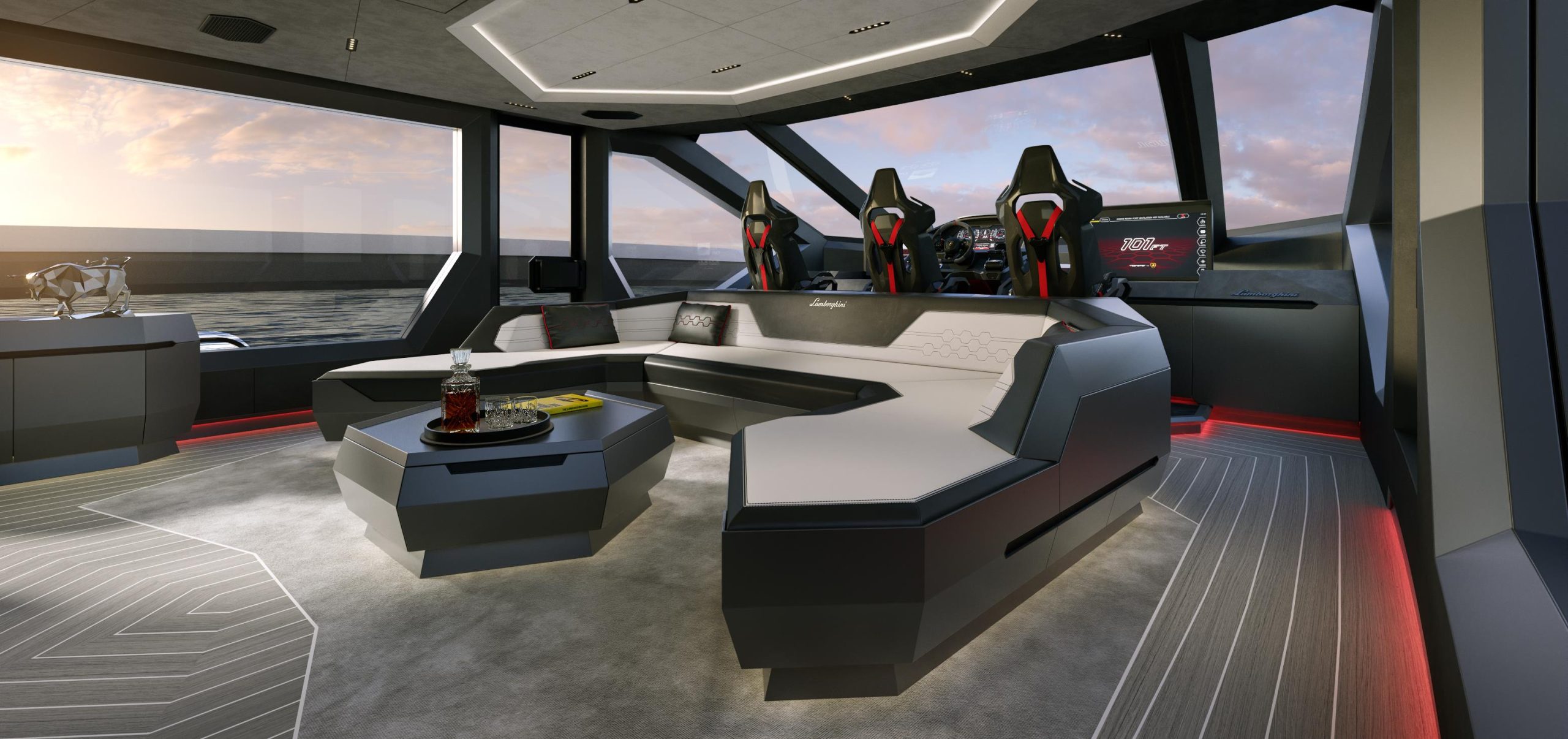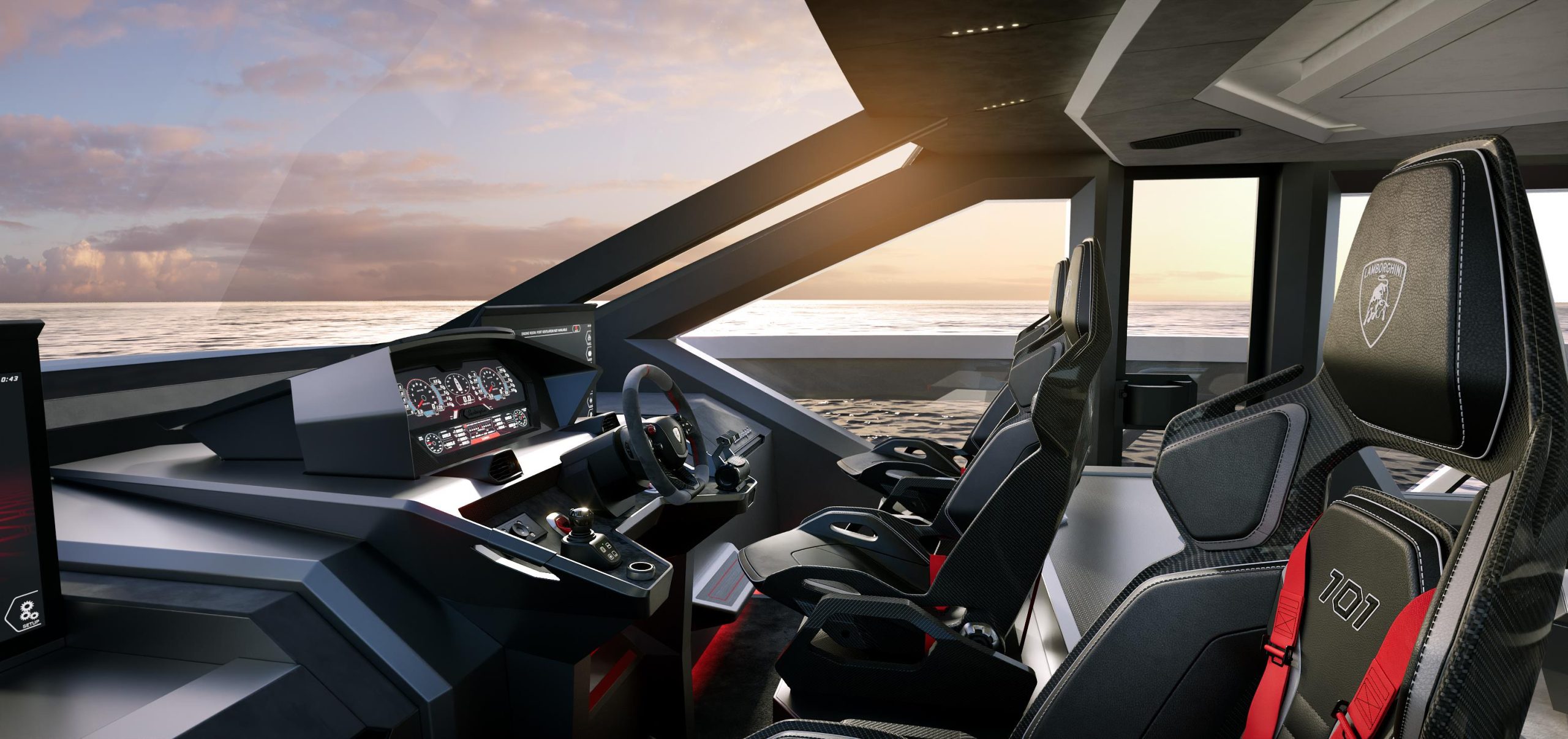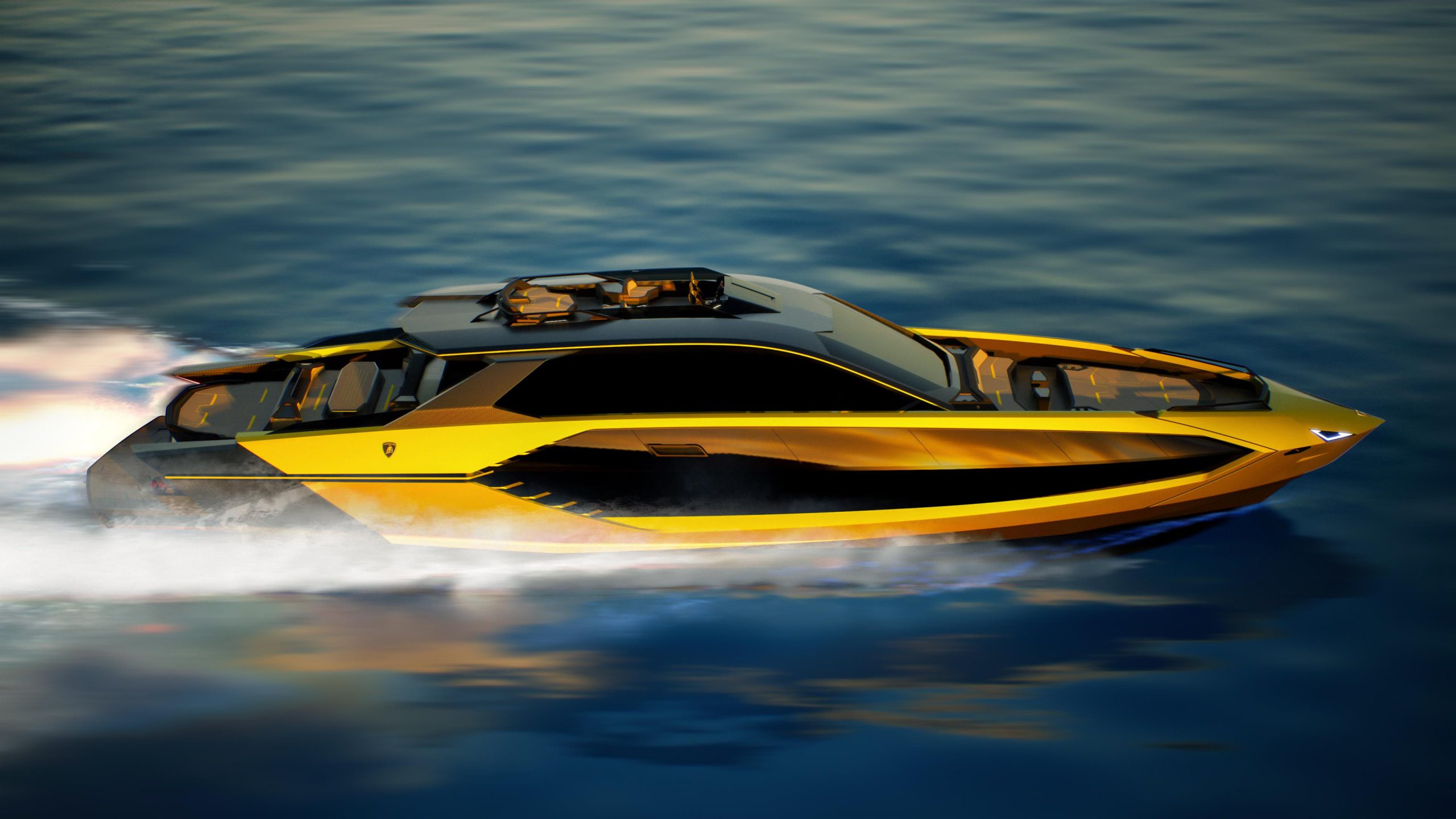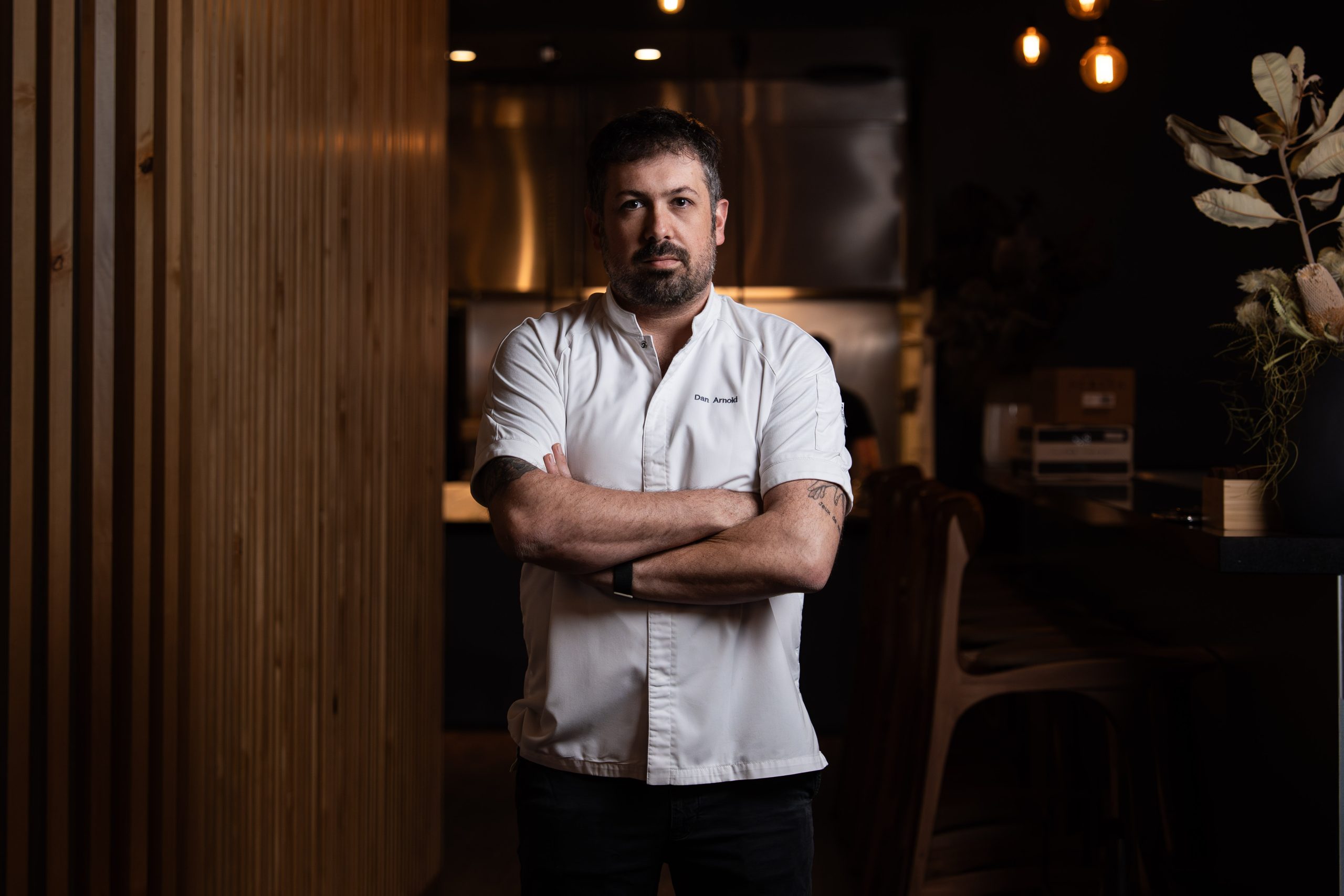The Inside Tale of Tesla’s Fall to Earth
Sales are dropping. It’s cutting prices. And its latest big bets have yet to pan out. Can the world’s most valuable carmaker get its mojo back?
Tesla Chief Executive Elon Musk has spent years trying to build the automaker of the future. It’s the electric-car company of the present that’s now giving him trouble.
After a period of rapid expansion, the company has seen its sales fall and its once-enviable margins shrink. For the first time in years, the biggest question for Tesla is not whether it will be able to make enough cars, but whether people will buy them.
The company’s stock, down 34% this year, has been the worst performer in the S&P 500 index. While Tesla remains the world’s most valuable automaker by a wide margin, its market capitalisation has tumbled by more than half since it peaked in 2021.
Consumer appetite for electric vehicles is cooling. The core of Tesla’s lineup is dated. The company has been cutting prices to spur demand. Big, moonshot bets have not panned out as Musk predicted—at least not yet. And Chinese carmakers are now the ones that look like nimble, tech-savvy upstarts.
Musk’s attention, meanwhile, has sometimes been elsewhere. He bought Twitter, sold some Tesla stock along the way and started an artificial-intelligence company . Of late, he has been picking fights with everyone from OpenAI to Disney Chief Executive Bob Iger . Surveys suggest his public persona has alienated some would-be Tesla buyers.
This week, the company reported its first year-over-year decline in quarterly deliveries since 2020—a result that badly missed Wall Street’s expectations.
Musk’s company remains a formidable player in the electric-vehicle market globally and is the clear leader in the U.S. It is still making money on its vehicles, while many established car companies are struggling to turn a profit on their EVs, after committing tens of billions of dollars to expand their offerings. But the boom times of Tesla’s past have faded, and the bright future imagined by Musk—where people will ride around in fully autonomous Teslas—remains distant.
“Tesla is going from the golden era to a really challenging era,” said Mark Fields , a former CEO of Ford Motor who now serves on several corporate boards. Tesla and Musk didn’t respond to requests for comment.
Boom times
Three years ago, Tesla appeared all but unstoppable.
After years of financial uncertainty and production challenges, the company had turned a corner and was delivering quarter after quarter of record profit.
Its factories were humming , even as a global shortage of semiconductors led many rivals to curtail auto production. Consumer demand was strong enough that Tesla was hiking prices, and waiting lists for new vehicles grew long enough that some buyers were paying a premium for lightly used ones.
As automakers set about remaking themselves in Tesla’s image, Musk—a master salesman with an uncanny knack for inspiring investors to believe in his vision —sought to catch the next market wave: artificial intelligence.
At a Tesla recruiting event in the summer of 2021, the billionaire took the stage in Palo Alto, Calif., dressed all in black, as is his custom.
Tesla had for years been working to develop technology that would allow a computer to assume more of the driving tasks, rolling out the software as part of its Autopilot system.
In an attempt to emphasise Tesla’s might in the artificial-intelligence space—and ambitions beyond the competitive, traditionally low-margin automotive business—Musk unveiled the company’s latest effort: a friendly humanoid robot. The robot, Optimus, was not ready yet. In its place, a human dressed in a robot costume danced on stage.
“Tesla is much more than an electric-car company,” Musk told the crowd. “In the future, physical work will be a choice.”
In late October 2021, rental-car company Hertz Global Holdings said it was ordering 100,000 Tesla vehicles as it looked to expand its fleet of EVs. For investors, the deal was a sign that EVs were becoming mainstream—and soon more drivers would have an opportunity to try one.
Tesla’s market value eventually peaked above $1.2 trillion in early November, up more than 2,000% in two years.
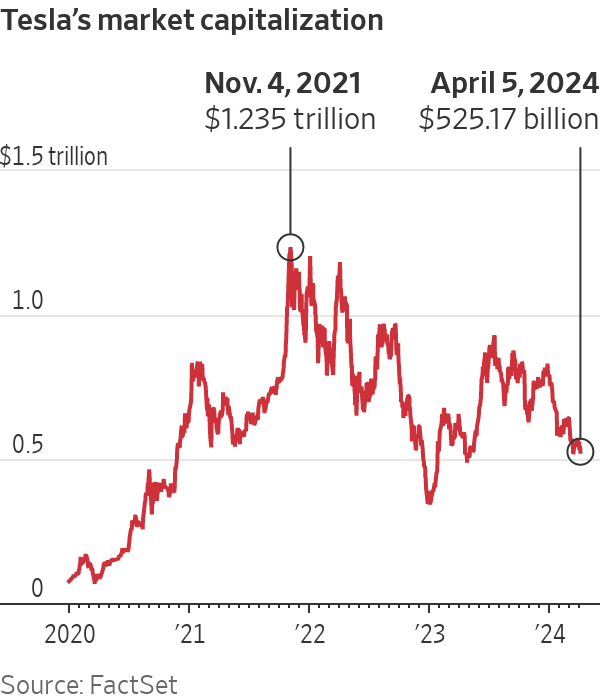
The euphoria was short-lived.
Musk soon began unloading Tesla stock, embarking on a spree that continued for more than a year and resulted in his selling more than $39 billion in shares. The sales—executed in part to fund Musk’s eventual purchase of Twitter—spooked the market and weighed on Tesla’s stock.
‘Enough on our plate’
The surprises kept coming in 2022.
On a late-January earnings call, Musk revealed Tesla would not be introducing any new models that year, attributing the decision to supply-chain constraints. Instead, the company would churn out as many of its existing models as possible.
Tesla sold four models at the time, but just two drove the lion’s share of the company’s sales: the Model Y sport-utility vehicle and the Model 3 sedan.
Plans for a $25,000 car—a model Musk had teased in late 2020 and said likely would be ready in three years—had been put on ice.
“We have enough on our plate right now,” Musk said.
The move was risky. In the car business, new and redesigned models are critical to holding buyers’ interest and maintaining pricing power.
Analysts were perplexed. One questioned whether Tesla could hit its growth targets with fewer than a half-dozen passenger-vehicle models in its lineup.
Musk brushed off the concern. Instead, he alluded to his vision for a future where Teslas would be able to operate autonomously around the clock—making them even more valuable.
“It’s apparent from the questions that the gravity of Full Self-Driving is not fully appreciated,” Musk said, referring to a souped-up version of Tesla’s driver-assistance technology. (The system doesn’t currently make Tesla vehicles autonomous.)
As the year wore on, investors grew increasingly jittery. Musk’s pursuit of Twitter only amplified concerns on Wall Street that the Tesla CEO was not focused enough on his carmaker.
“Twitter is a distraction,” Gary Black, managing partner of the Future Fund, a Tesla investor, said at the time. “All of the space has been sucked up by him talking about Twitter, and so you don’t hear him tweeting about EVs.”
Warning signs flashed in China, where wait times for new Teslas fell to about a month as of September 2022, from four-plus months in the spring, according to Bernstein Research.
Tesla executives, including chief designer Franz von Holzhausen, pressed Musk to revive plans for the company’s more affordable, mass-market car, arguing it was necessary for Tesla to reach its growth targets, according to Walter Isaacson ’s biography of the CEO. Musk had been more interested in developing autonomous cars that could operate in a robotaxi fleet.
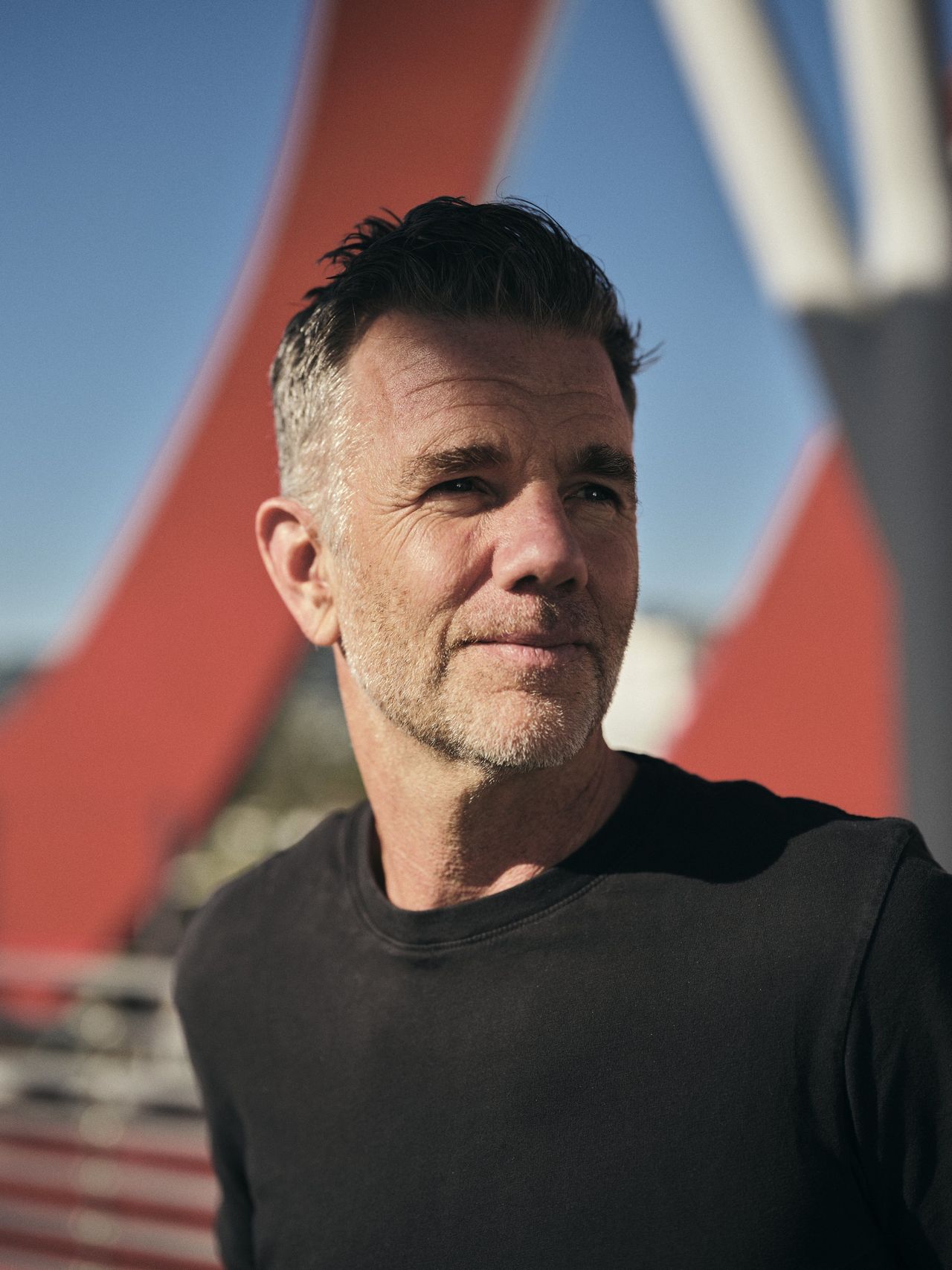
“Our responsibility is to try to get as many people into an EV as possible,” von Holzhausen told The Wall Street Journal earlier this year.
And while he is optimistic about the promise of self-driving cars and encouraged by Tesla’s recent progress, von Holzhausen said the transition will not be simple.
“Maybe I’m more pragmatic about it, but I think autonomy is…it’s going to be a challenge,” he said. “It’s still sci-fi to a lot of people.”
In late October, Tesla cut prices in China by an average of around 7%, according to Bernstein.
Soon after, it began offering temporary discounts on its most popular models in the U.S.—by $3,750 at first, then $7,500 plus 10,000 miles of free fast-charging if customers took delivery before year-end.
Tesla’s 2022 ended on a downbeat note. Its annual vehicle deliveries—up 40% over the prior year— fell short of the company’s initial goal and underperformed Wall Street’s expectations. The stock suffered its worst annual performance on record, declining 65%.
By early January 2023, it became clear within Tesla’s finance department that the company needed to take more aggressive action to move cars, people familiar with the matter said.
Tesla had opened two new factories in 2022—one in Germany and another in Texas—expanding its production capacity roughly 80% in less than a year. Unsold inventory climbed to 13 days’ worth of supply in the final three months of 2022, from just four days in the second quarter, according to Tesla’s financial disclosures.
As January unfolded, orders weren’t keeping pace with internal forecasts, one of the people said.
Employees developed a plan that called for Tesla to cut prices more permanently, an unusual strategy in an industry where companies typically try to be more discreet with their incentives.
Deep price cuts
Elsewhere in the auto industry, Tesla’s rivals were unleashing a barrage of new EV models, including ones designed to directly compete with the Model Y and Model 3.
On a Thursday night in January 2023, Tesla quietly updated its website, slashing prices across its lineup, in some cases by nearly 20%.
Tesla made cuts that were even deeper than the finance department had initially proposed, the people familiar with the matter said.
For Musk, it was a calculated gamble. Tesla’s double-digit operating margins meant it could better absorb the price cuts than rivals, and the move would also put the squeeze on competitors—many of which were losing money on their EVs.
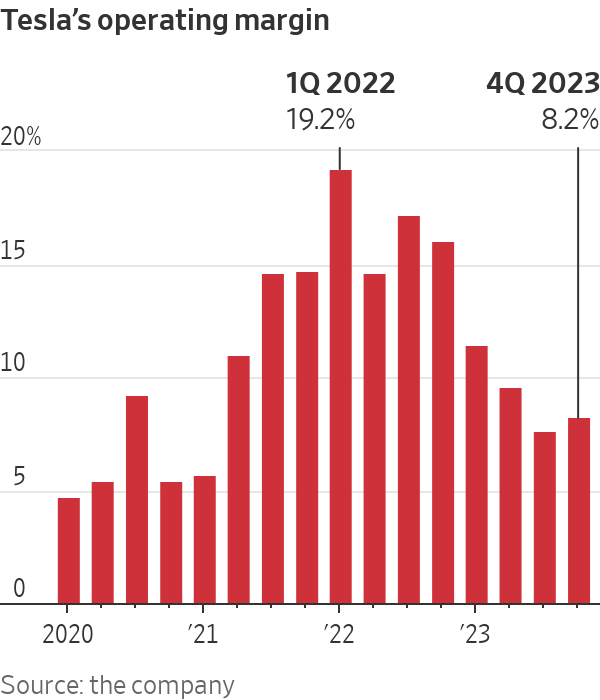
Across the Atlantic, Vincent Cobée, then-CEO of Stellantis ’s Citroën brand, was at the Brussels Motor Show when a journalist told him about Tesla’s price cuts.
Cobée’s first thought: “He’s completely nuts.”
Then: “We’re in deep trouble,” he recalled later.
The maneouvre did boost sales at Tesla—for a time. The company’s vehicle prices fell by an average of 12% globally in the first half of 2023, and deliveries rose 19% compared with the prior six months, according to Wells Fargo.
But in the second half of 2023, as Tesla continued to lower prices and layer on incentives, the company’s vehicle-delivery growth slowed to 3%, compared with the first half—a figure that Wells Fargo analysts described as “concerningly low.”
Some in the auto industry were also starting to sour on electric vehicles.
Dealers who once were bullish about the technology began worrying about the cars stacking up on their lots. Companies that had been racing to scale up EV production suddenly began delaying their investments and shifting their attention to hybrids, which were selling well.
For Tesla, the only new model on the horizon was the Cybertruck—a long-delayed and difficult-to-manufacture pickup truck that eventually hit the market in November . Even so, the model is only available in North America, and Musk has warned it is unlikely to generate significant cash flow before the end of this year.
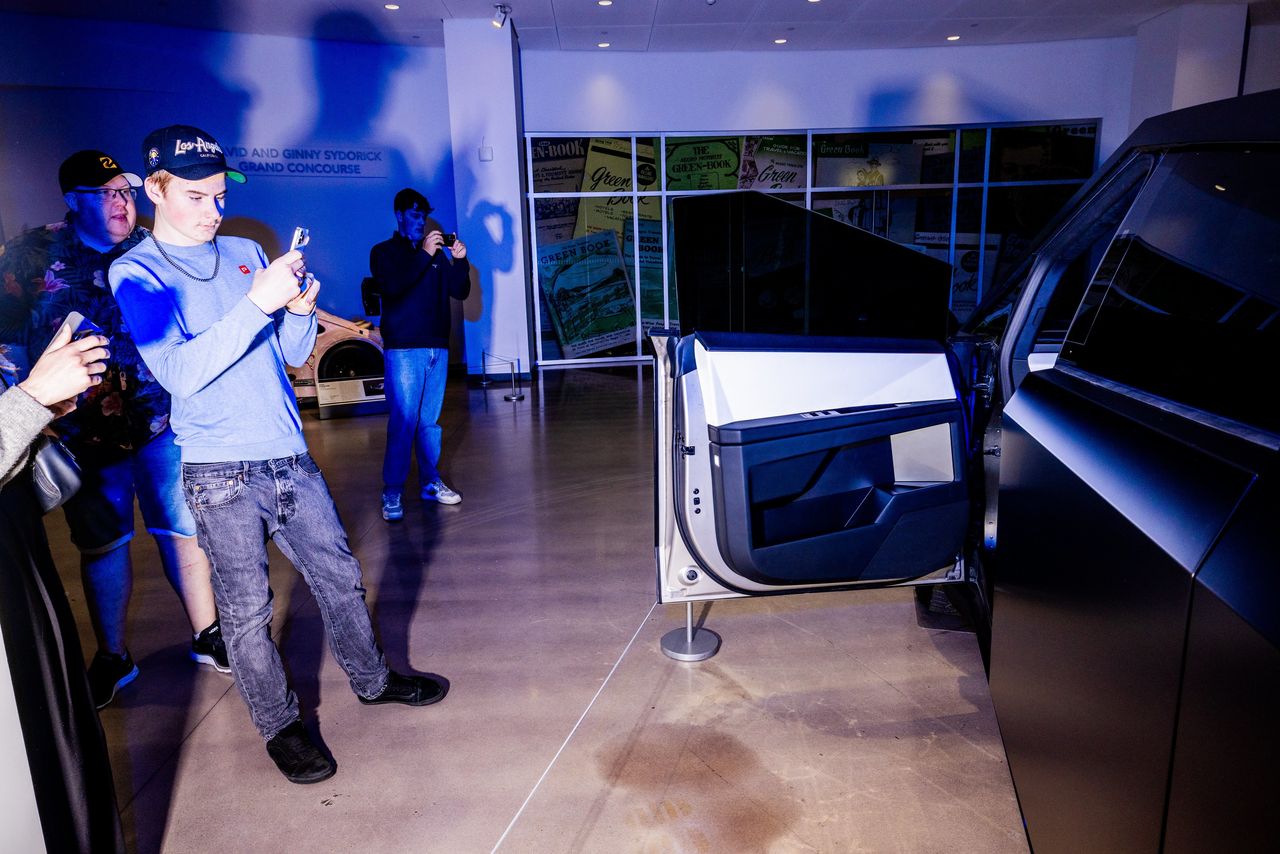
In China, the world’s largest car market and a production hub for Tesla, a price war had already broken out. The country’s leading EV maker, BYD, and other Chinese car manufacturers were mounting their own offensive, rapidly releasing more affordable EVs that were winning over the domestic market and beginning to make inroads overseas.
In January of this year, Hertz delivered another blow, saying it was selling about a third of its global EV fleet —much of it made up of Tesla vehicles. The rental-car company had previously flagged problems with fast-falling EV resale values and pricey repairs.
Drop in deliveries
Then came the news from earlier this week: Tesla delivered 386,810 vehicles globally in the first three months of 2024, down 8.5% from a year earlier . It was the company’s lowest quarterly performance since the third quarter of 2022.
Wall Street analysts had slashed their expectations for Tesla’s first-quarter performance in the weeks before the disclosure on Tuesday, but the company still came up short.
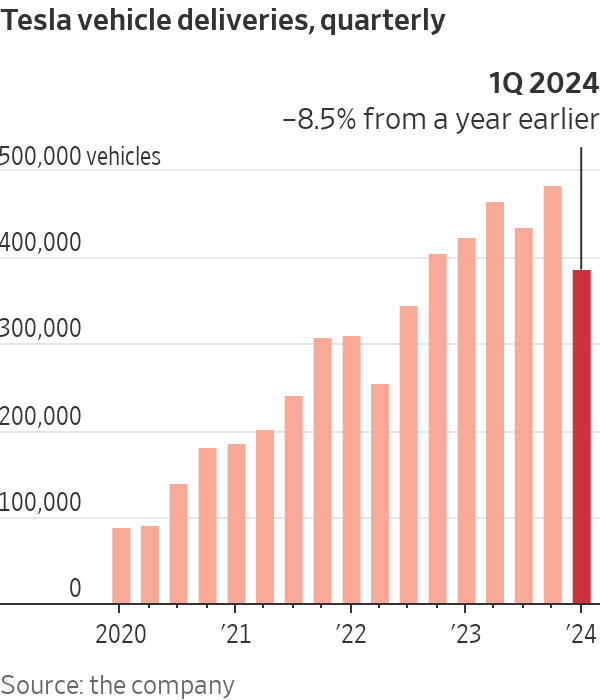
Musk has sought to quell concerns by describing the company as being in between two growth waves—the first driven by the Model 3 and Model Y, the second to be propelled by the company’s next generation of vehicles, including the much-anticipated low-cost car , which he said in January is due to enter production in late 2025.
In recent weeks, employees were told to prioritise development of a robotaxi, according to a person familiar with the matter.
Reuters on Friday reported that Tesla had canceled plans for the inexpensive car. Musk denied the report on X, as Twitter is now known. Hours later, he added that Tesla plans to unveil its robotaxi model in August.
As Musk has used his social-media platform to address polarising topics such as immigration and race, there is evidence that Musk is doing Tesla no favors with his extracurricular activities.
The company’s reputation among potential U.S. buyers has taken a hit since Musk acquired Twitter, according to market-intelligence firm Caliber. The automaker’s “consideration” rate—where survey respondents said whether they are very likely to buy, or continue buying, products from Tesla—fell from 46% to 35% between September 2022 and this March, Caliber said.
As Tesla’s profitability has weakened, Musk has talked up the potential of the company’s autonomous-driving strategy.
“Most people still have no idea how crushingly good Tesla FSD will get,” he posted on X in late March. “Cars will take you where you want automatically, just like getting in an elevator and pressing a button, something that also used to be manual.”
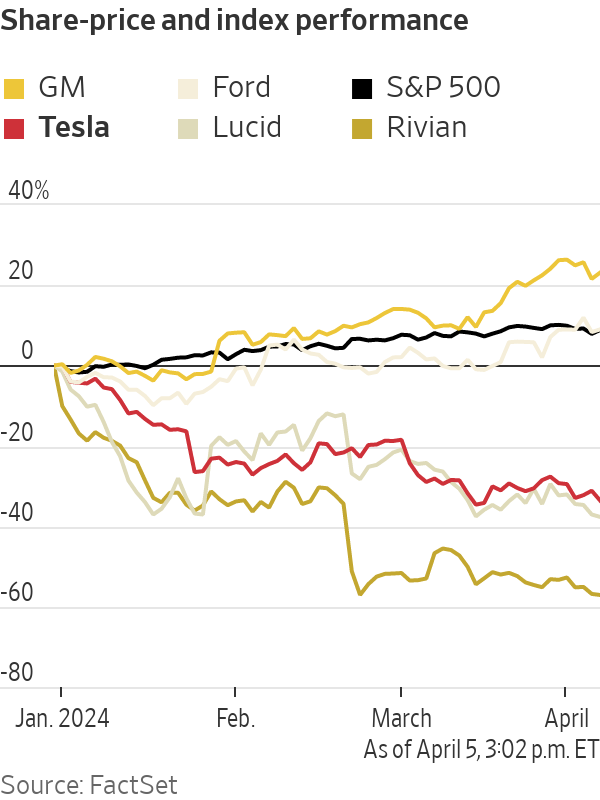
Despite the recent stock decline, Tesla’s valuation—$525 billion at Friday’s close—still towers over those of other automakers.
Many investors remain confident that Musk, who has defied the odds many times before, can deliver on this vision. Some, such as Owuraka Koney, a managing director at investment manager Jennison Associates, are betting Tesla will be able to generate ample revenue by selling downloadable software, such as its driver-assistance technology, long after it makes that initial car sale.
Said Koney: “We remain very bullish over the long-term.”
— Ryan Felton, Tim Higgins, Mike Colias and Sean McLain contributed to this article.
 Copyright 2020, Dow Jones & Company, Inc. All Rights Reserved Worldwide. LEARN MORE
Copyright 2020, Dow Jones & Company, Inc. All Rights Reserved Worldwide. LEARN MORE
A divide has opened in the tech job market between those with artificial-intelligence skills and everyone else.
A 30-metre masterpiece unveiled in Monaco brings Lamborghini’s supercar drama to the high seas, powered by 7,600 horsepower and unmistakable Italian design.
A 30-metre masterpiece unveiled in Monaco brings Lamborghini’s supercar drama to the high seas, powered by 7,600 horsepower and unmistakable Italian design.
When Lamborghini takes to the water, subtlety isn’t on the agenda. Unveiled at the Monaco Yacht Show, the Tecnomar for Lamborghini 101FT is a 30-metre superyacht that fuses Italian automotive theatre with cutting-edge naval engineering.
The model builds on the collaboration that began in 2020 with the Tecnomar for Lamborghini 63, a sell-out success that celebrated the marque’s founding year.
This new flagship pushes the partnership between Automobili Lamborghini and The Italian Sea Group to a grander scale, designed to deliver the same adrenaline rush at sea that drivers expect behind the wheel.
“The Tecnomar for Lamborghini 101FT redefines the concept of nautical luxury,” said Stephan Winkelmann, Chairman and CEO of Automobili Lamborghini.
“It is not only a yacht, but an affirmation of Italian excellence. The Italian Sea Group and Automobili Lamborghini share an exclusive clientele who are passionate about beauty, technology, and extreme performance.”
Design cues are unmistakably Lamborghini. The yacht’s sharp exterior lines echo the Fenomeno supercar revealed at Monterey Car Week, complete with Giallo Crius launch livery and signature Y-shaped lighting.
Inside, the cockpit and lounges mirror the DNA of Sant’Agata supercars through hexagonal motifs, sculptural seating and dramatic contrasts. With accommodation for up to nine guests and three crew cabins, indulgence meets practicality on every deck.
Performance is equally uncompromising. Three MTU 16V 2000 M96L engines and triple surface propellers generate a combined 7,600 horsepower, driving the yacht to 45 knots at full throttle, with a cruising speed of 35 knots. Two 35 kW generators provide additional efficiency and reliability, ensuring the yacht’s power matches its presence.
Mitja Borkert, Lamborghini’s Design Director, said: “With the Tecnomar for Lamborghini 101FT, we aimed to create a product that embodies the main design characteristics of our super sports cars. All the details, from the exterior to the colour, to the interior areas, recall and are inspired by Lamborghini’s DNA.”
Presented in scale at Monaco, the definitive Tecnomar for Lamborghini 101FT is scheduled to hit the water at the end of 2027. For those who demand their indulgence measured not only in metres but in knots, this is Lamborghini’s most extravagant expression yet.
Ophora Tallawong has launched its final release of quality apartments priced under $700,000.
On October 2, acclaimed chef Dan Arnold will host an exclusive evening, unveiling a Michelin-inspired menu in a rare masterclass of food, storytelling and flavour.









